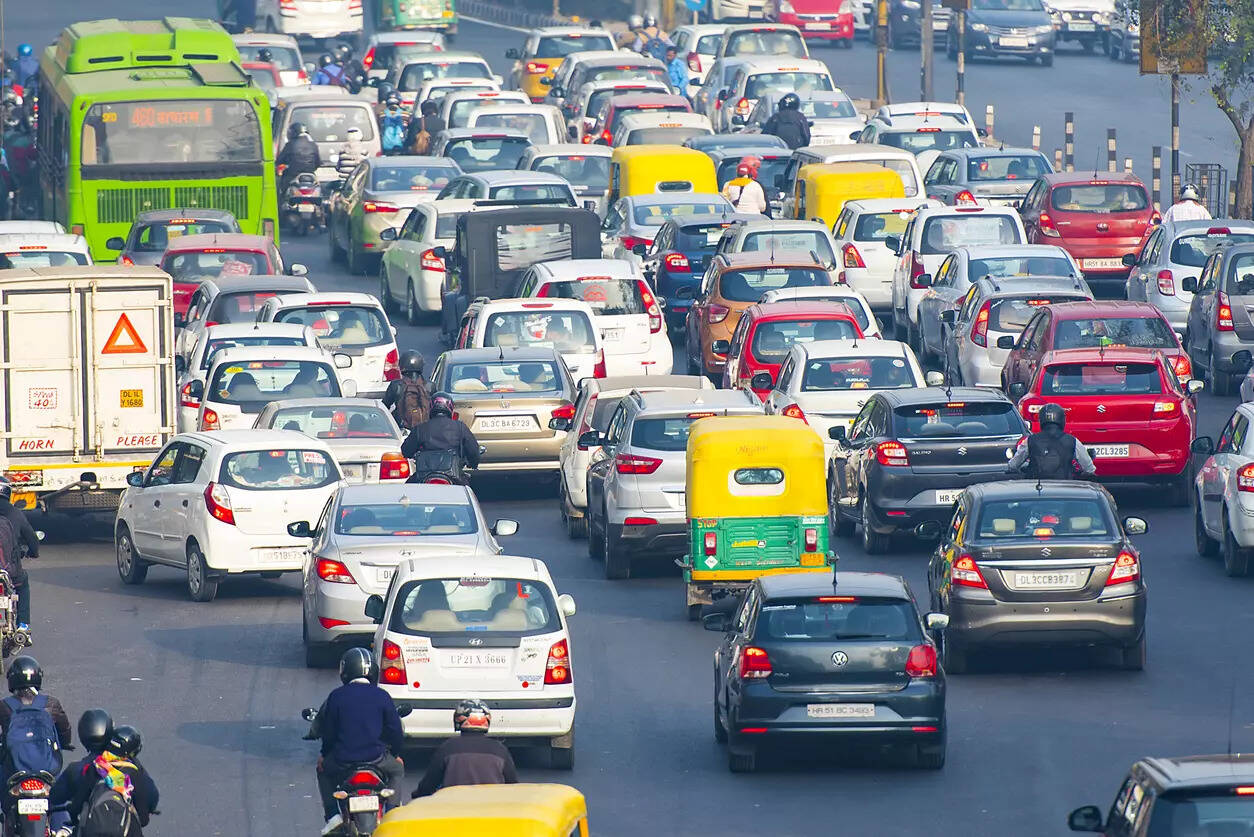
Automobile sales in India experienced a decline in September, with a reported overall drop of 9.26% year-on-year (Y-o-Y), according to data released by the Federation of Automobile Dealers Association (FADA) on October 7. Factors such as lackluster demand during Ganesh Chaturthi and Onam, weak consumer sentiment, heavy rains, and the Shraddh period were cited as key reasons for the decline across various vehicle categories, according to the regulatory body.
The Shraddh period further negatively impacted sales, contributing to the Y-o-Y decline in retail sales across various categories. Dealers have introduced discounts and offers across segments to stimulate demand, yet these measures have not translated into a significant improvement in sales.
What led to stagnant growth?
The two-wheeler segment saw a Y-o-Y decline of 8.51%, attributed to low inquiries, delayed purchases, seasonal factors like Shraddh, and heavy rains. According to FADA, passenger vehicles, including cars and SUVs, reported a steep Y-o-Y decline of 18.81%. The commercial vehicle segment suffered a Y-o-Y decline of 10.45%, despite a marginal month-on-month growth of 1.46%, reflecting subdued market conditions and weak government spending.
“Passenger Vehicles (PV) dealers faced an all-time high inventory level of 80-85 days, equivalent to 7.9 lakh vehicles worth INR 79,000 crore due to aggressive OEM dispatches,” FADA noted, adding, “The dealers are under financial pressure, with increased cash flow challenges.”
Growth for three-wheeler and tractor segments
However, not all segments experienced declines. The three-wheeler and tractor segments showed marginal Y-o-Y growth of 0.66% and 14.69%, respectively. FADA attributed this growth to positive customer engagement and increasing demand for e-rickshaw options.
CS Vigneshwar, president of FADA, commented on the situation, “The 2024 southwest monsoon recorded 8% above-normal rainfall—the highest in four years—which has boosted Kharif sowing by 1.5% Y-o-Y. This increase in agricultural productivity has positively impacted rural demand and economic sentiment.”
Continuing, he pointed out, “Despite the onset of festivals such as Ganesh Chaturthi and Onam, dealers have reported that performance has been largely stagnant. This suggests that overall market sentiment during these festive periods has been underwhelming, with a trend leaning towards flat or negative growth.”
Work on the existing inventory
FADA expressed a cautiously optimistic outlook for the future, particularly during the upcoming festive season. “While the festive season presents an opportunity for recovery, the high stakes in October make it crucial for dealers and OEMs to clear existing inventory. Strategic inventory management and targeted festive promotions are key to capitalising on the expected surge in demand and stabilising market conditions,” FADA stated.
Additionally, FADA urged the Reserve Bank of India (RBI) to enforce stricter guidelines on channel funding policies to mitigate the financial risk faced by dealers.
FADA’s report and recommendations highlight the current state of the automobile market in India, closely analysing the factors affecting sales and offering insights into potential recovery strategies during the festive season.

